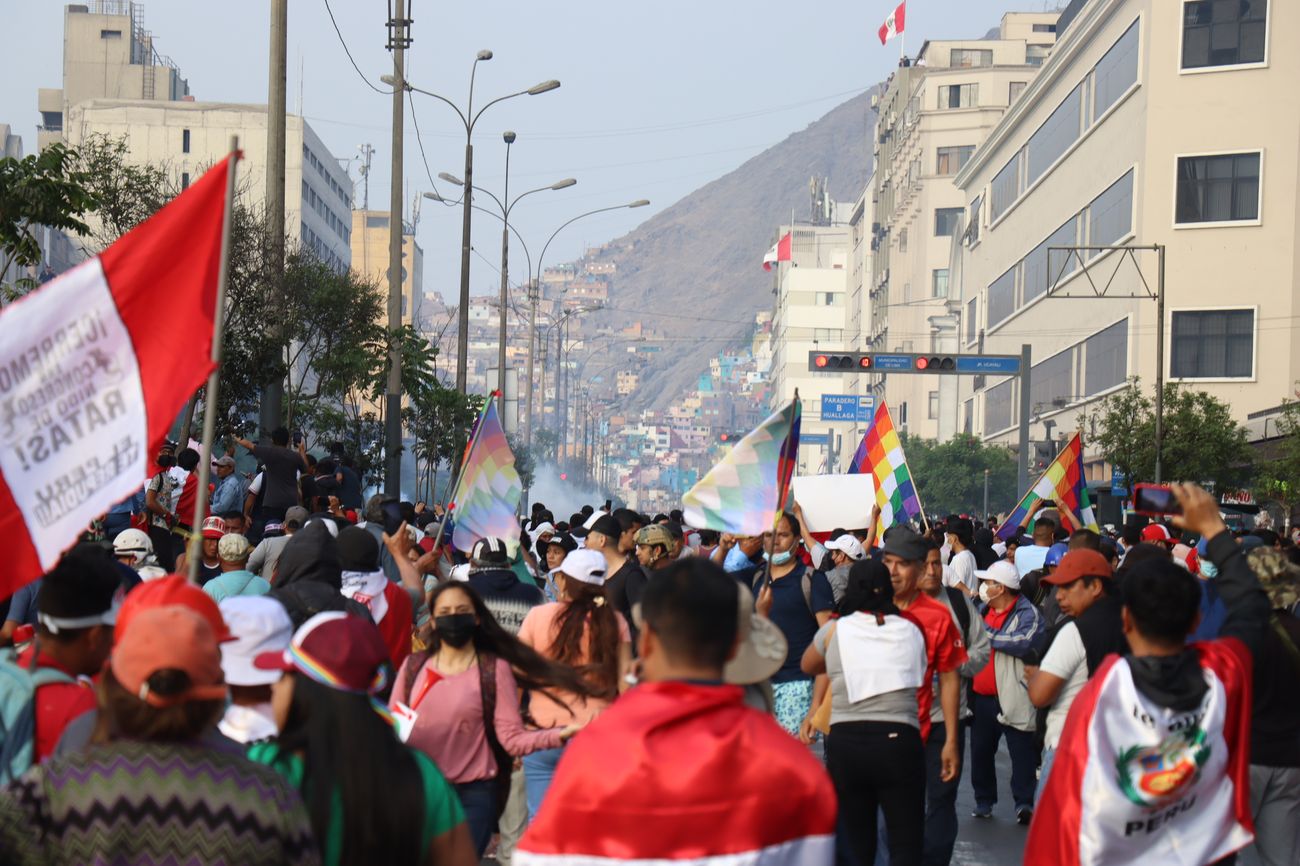
Peru's political crisis has been a hot topic recently, sparking curiosity and concern worldwide. What exactly is happening in Peru? In this blog post, we'll break down 32 key facts to help you understand the situation better. From the historical roots of the crisis to the latest developments, you'll get a clear picture of what's going on. We'll cover the major players, pivotal events, and the impact on everyday Peruvians. Whether you're a student, a curious reader, or someone with a keen interest in global politics, this guide will provide valuable insights into Peru's current political landscape. Buckle up for a concise yet comprehensive overview!
Peru's Political Landscape
Peru's political scene has been turbulent, marked by frequent changes in leadership and political scandals. Understanding the context of the political crisis requires a look at the country's political framework and history.
- Peru has had six presidents in the last five years, reflecting its political instability.
- The Peruvian Congress has the power to impeach the president, which has happened multiple times recently.
- Corruption scandals have plagued many of Peru's leaders, leading to widespread distrust in the government.
- The Odebrecht scandal, a massive bribery case, implicated several Peruvian presidents and politicians.
Key Events Leading to the Crisis
Several pivotal events have shaped the current political crisis in Peru. These moments have significantly impacted the country's governance and public sentiment.
- In 2018, President Pedro Pablo Kuczynski resigned amid corruption allegations.
- Martín Vizcarra succeeded Kuczynski but was impeached in 2020 over alleged corruption.
- Manuel Merino briefly took office after Vizcarra's impeachment but resigned after just five days due to massive protests.
- Francisco Sagasti then became interim president, aiming to stabilize the country until the next election.
The Role of Protests
Public demonstrations have played a crucial role in Peru's political crisis. Citizens have taken to the streets to express their dissatisfaction with the government.
- Mass protests erupted in November 2020 following Vizcarra's impeachment, leading to Merino's resignation.
- Protesters have often clashed with police, resulting in several injuries and deaths.
- The youth movement has been particularly active, demanding political reform and transparency.
- Social media has been a powerful tool for organizing and spreading information about protests.
Economic Impact
The political crisis has had significant repercussions on Peru's economy. The instability has affected various sectors and the overall economic outlook.
- Political instability has led to a decline in foreign investment.
- The crisis has negatively impacted tourism, a vital industry for Peru.
- Unemployment rates have risen as businesses struggle amid the uncertainty.
- The Peruvian sol has experienced fluctuations due to the political turmoil.
International Reactions
The international community has closely watched Peru's political crisis. Various countries and organizations have expressed their concerns and offered support.
- The Organization of American States (OAS) has called for dialogue and peaceful resolution.
- Human rights organizations have condemned the violence against protesters.
- Neighboring countries have urged Peru to uphold democratic principles.
- Foreign media has extensively covered the crisis, bringing global attention to Peru's situation.
Future Prospects
Looking ahead, Peru faces numerous challenges in overcoming its political crisis. The path to stability will require significant efforts from both the government and the public.
- Constitutional reforms may be necessary to prevent future crises.
- Strengthening anti-corruption measures is crucial for restoring public trust.
- Political unity and cooperation among parties will be essential for progress.
- Economic recovery plans must address the impacts of the crisis on various sectors.
Historical Context
Understanding Peru's political crisis also involves looking at its historical context. The country's past has shaped its present challenges.
- Peru has a history of military coups, with the last one occurring in 1992.
- The Shining Path insurgency in the 1980s and 1990s left a lasting impact on the country.
- Alberto Fujimori's presidency (1990-2000) was marked by authoritarianism and corruption.
- The Truth and Reconciliation Commission was established to address human rights abuses during the insurgency.
Social Issues
Social issues have also played a role in Peru's political crisis. Addressing these concerns is vital for achieving long-term stability.
- Poverty and inequality remain significant challenges in Peru.
- Indigenous communities have often been marginalized and excluded from political processes.
- Education and healthcare systems need improvements to better serve the population.
- Environmental issues, such as deforestation and mining, have sparked conflicts between communities and the government.
Final Thoughts on Peru's Political Crisis
Peru's political crisis is a complex and evolving situation. From the impeachment of President Martín Vizcarra to the protests that followed, the country has faced significant turmoil. The crisis has highlighted deep-seated issues within Peru's political system, including corruption, economic instability, and social inequality. Despite these challenges, the resilience of the Peruvian people shines through. They continue to demand transparency, justice, and reform. Understanding the facts about Peru's political crisis helps us grasp the broader implications for democracy and governance in the region. As the situation unfolds, staying informed and engaged is crucial. Peru's journey toward stability and progress is far from over, but with continued effort and vigilance, there is hope for a brighter future.
Was this page helpful?
Our commitment to delivering trustworthy and engaging content is at the heart of what we do. Each fact on our site is contributed by real users like you, bringing a wealth of diverse insights and information. To ensure the highest standards of accuracy and reliability, our dedicated editors meticulously review each submission. This process guarantees that the facts we share are not only fascinating but also credible. Trust in our commitment to quality and authenticity as you explore and learn with us.
